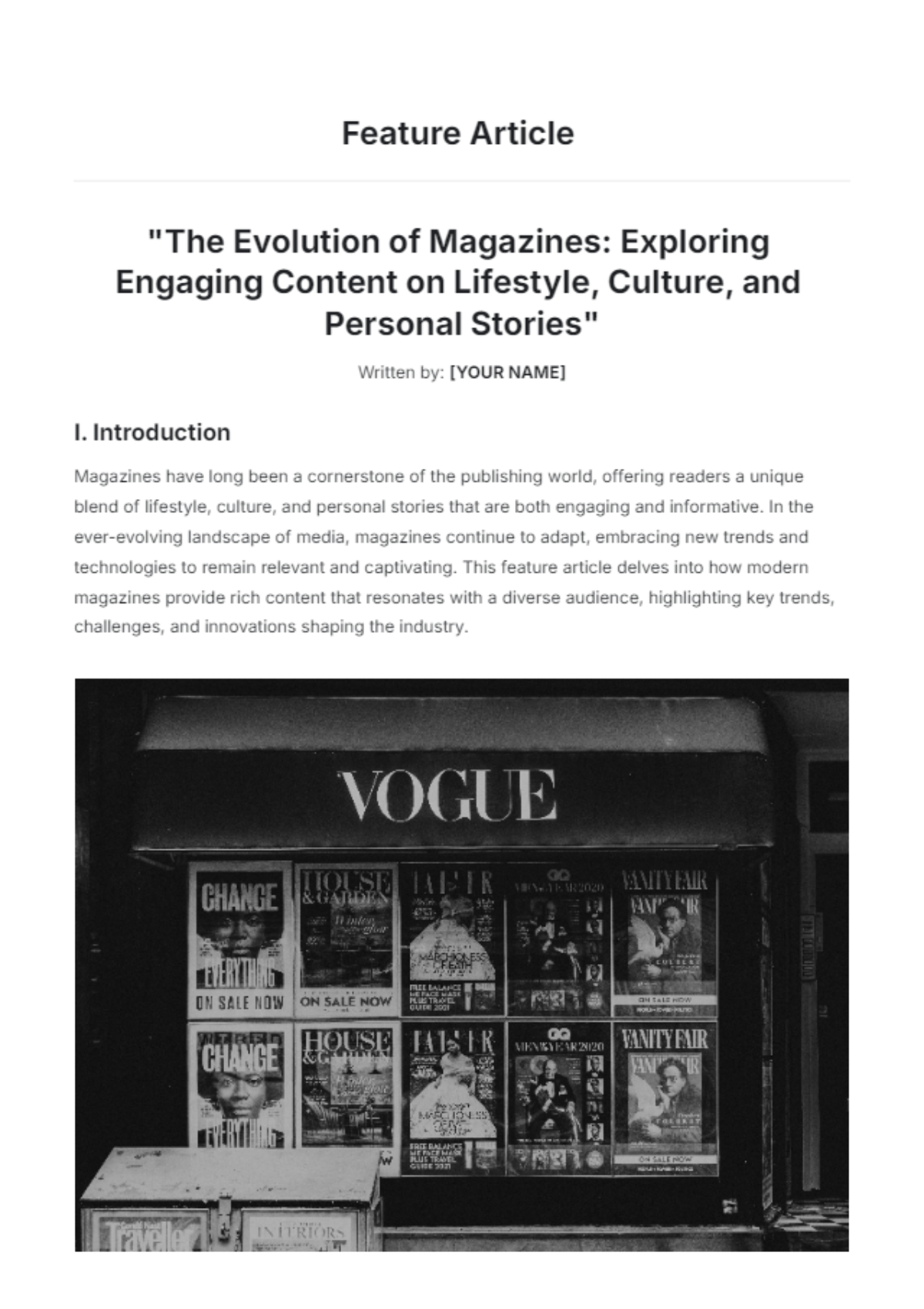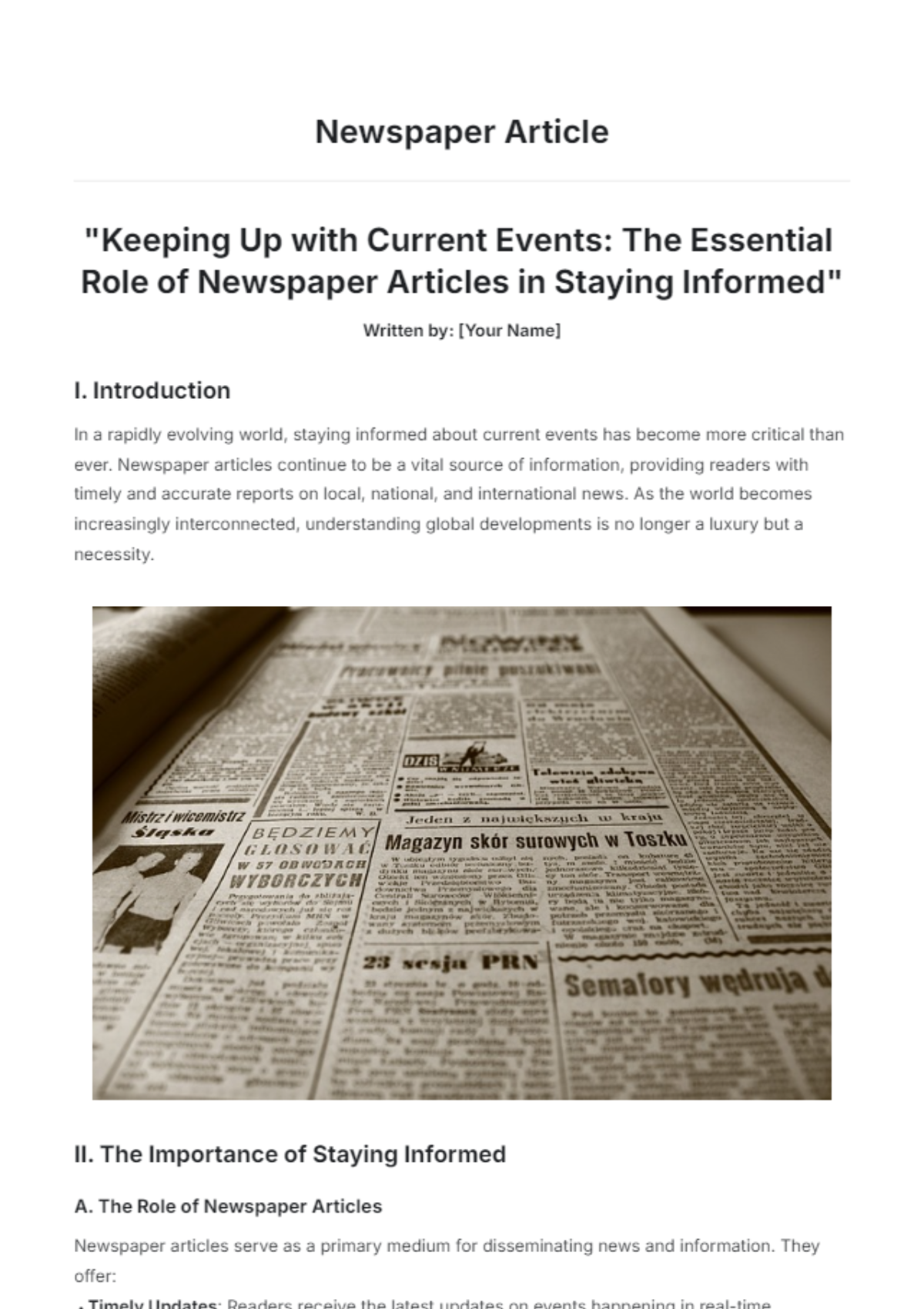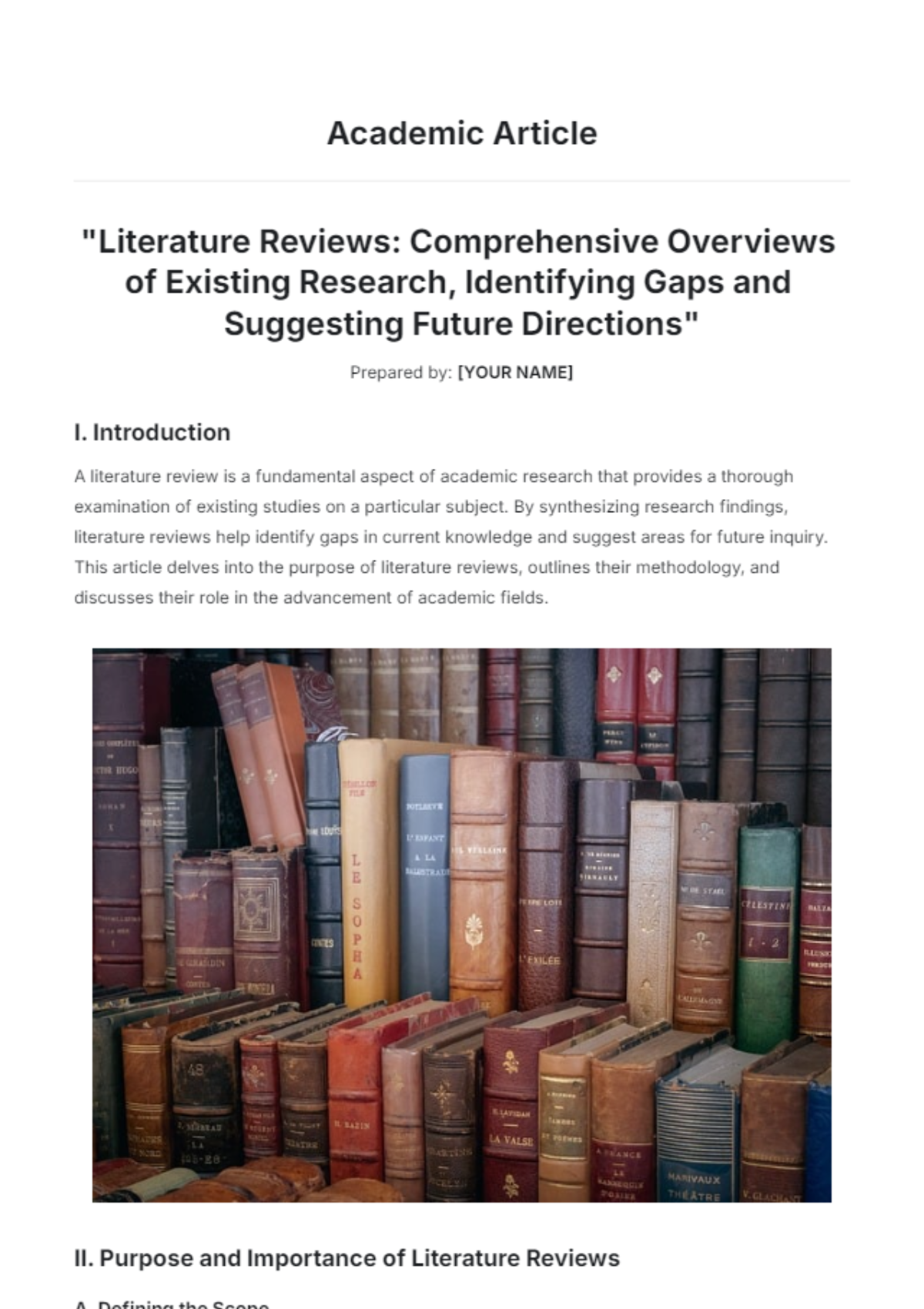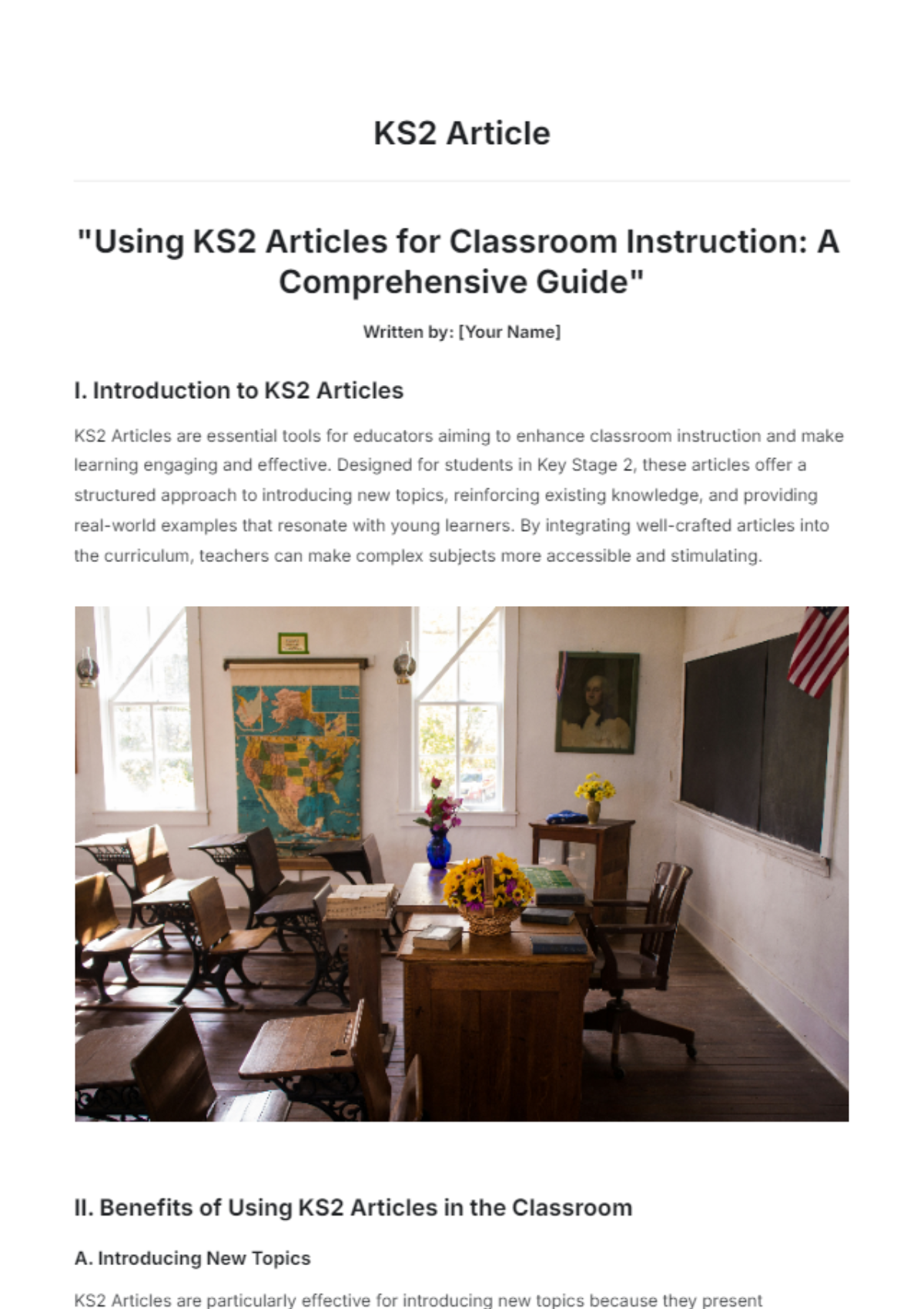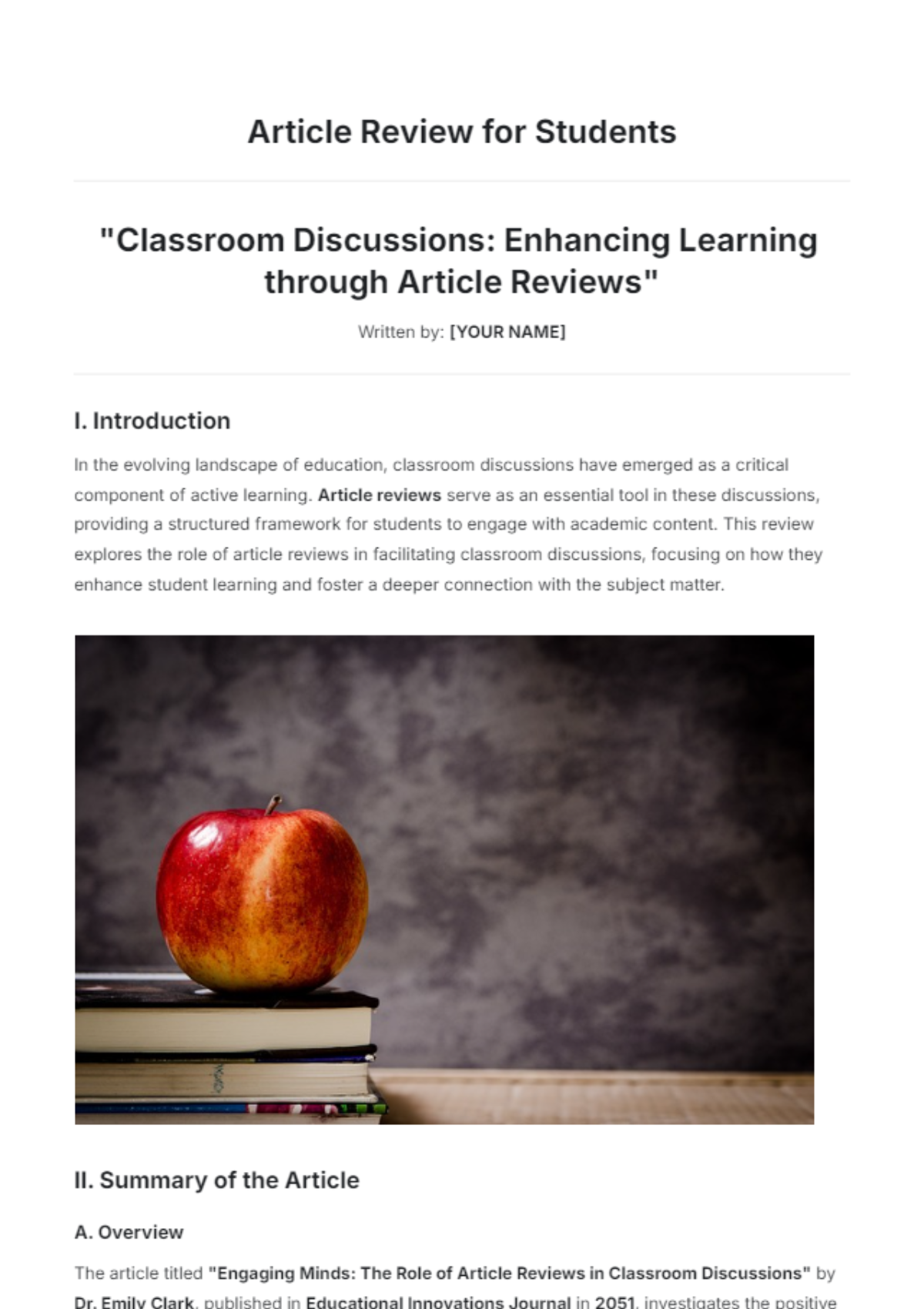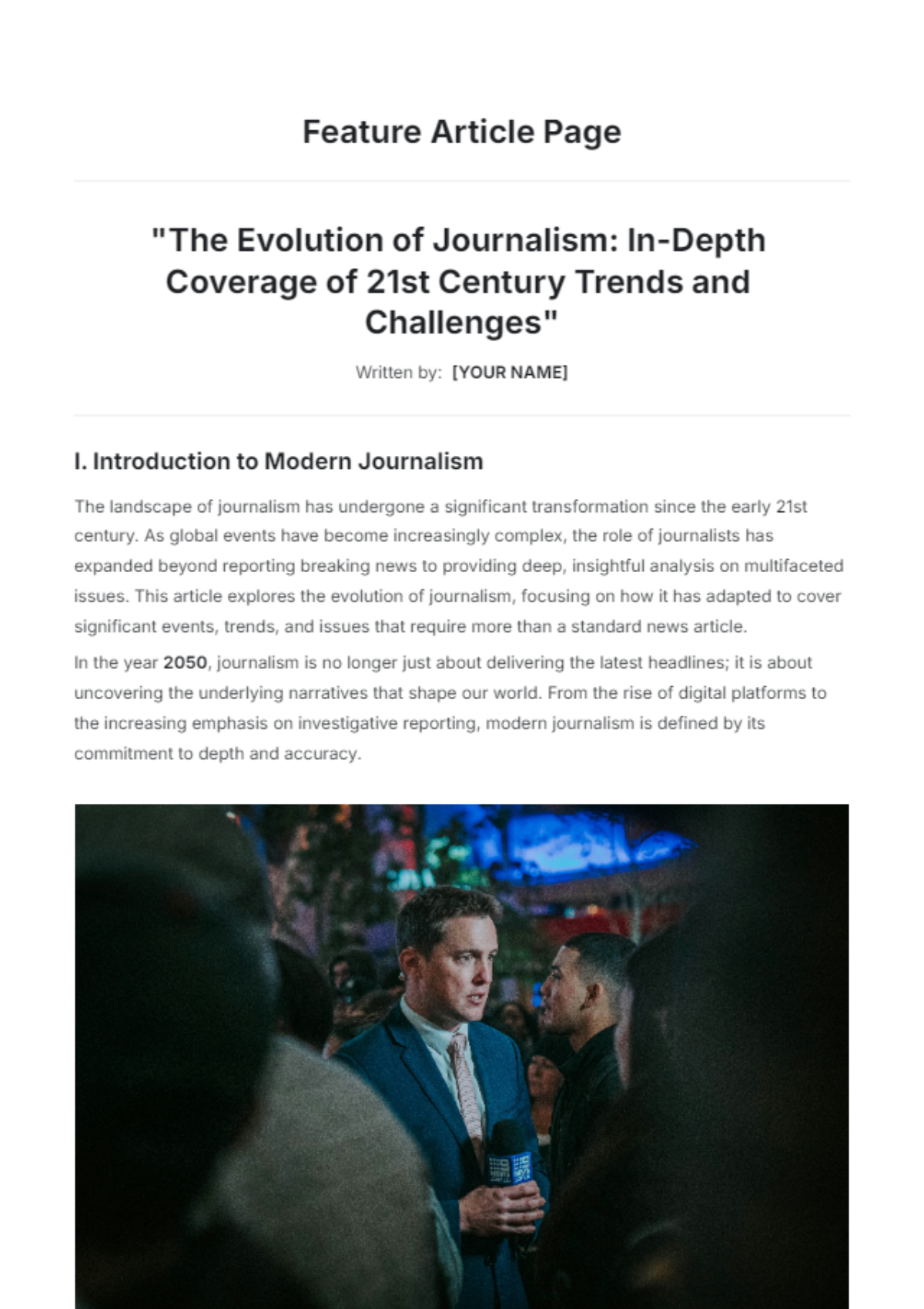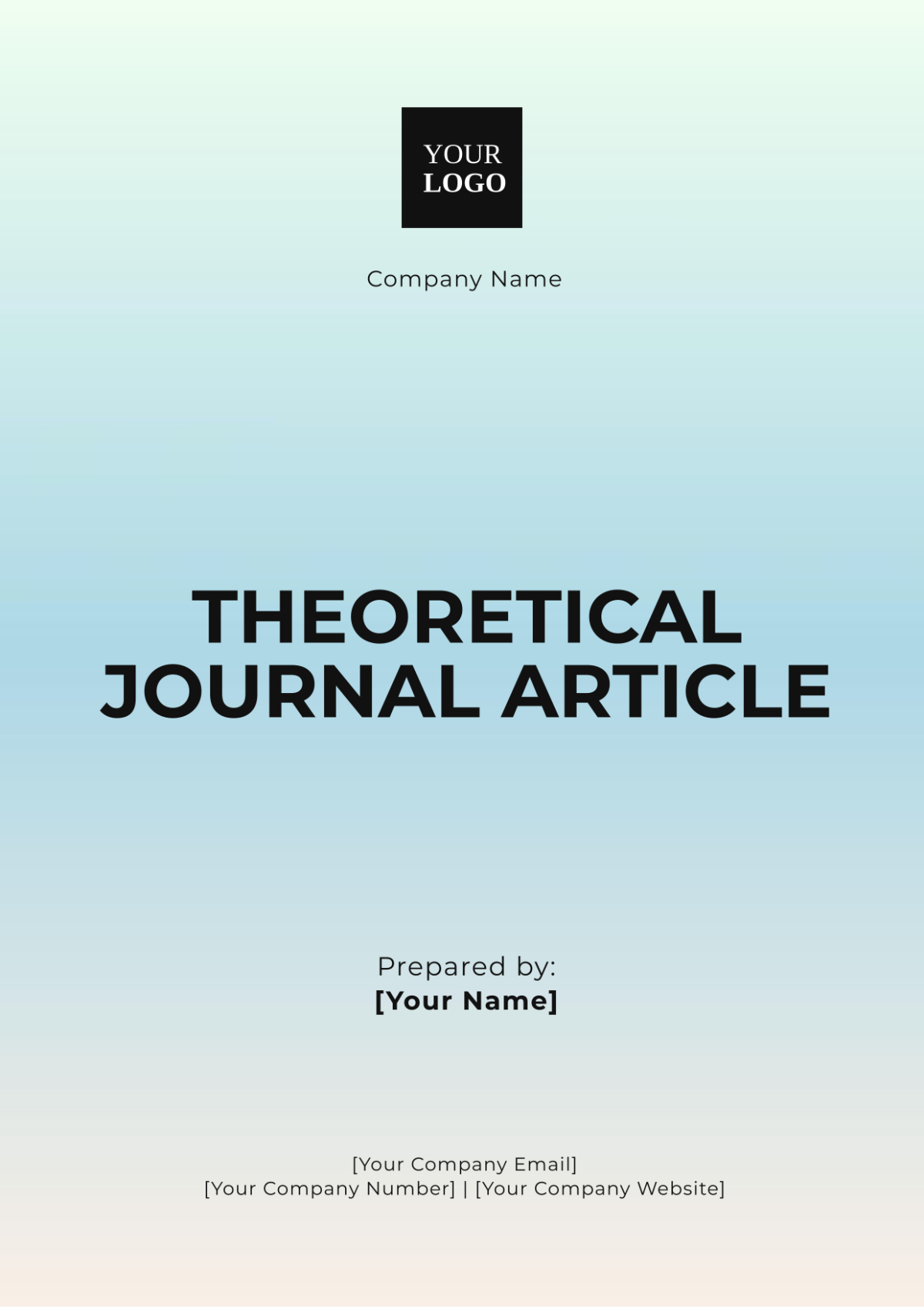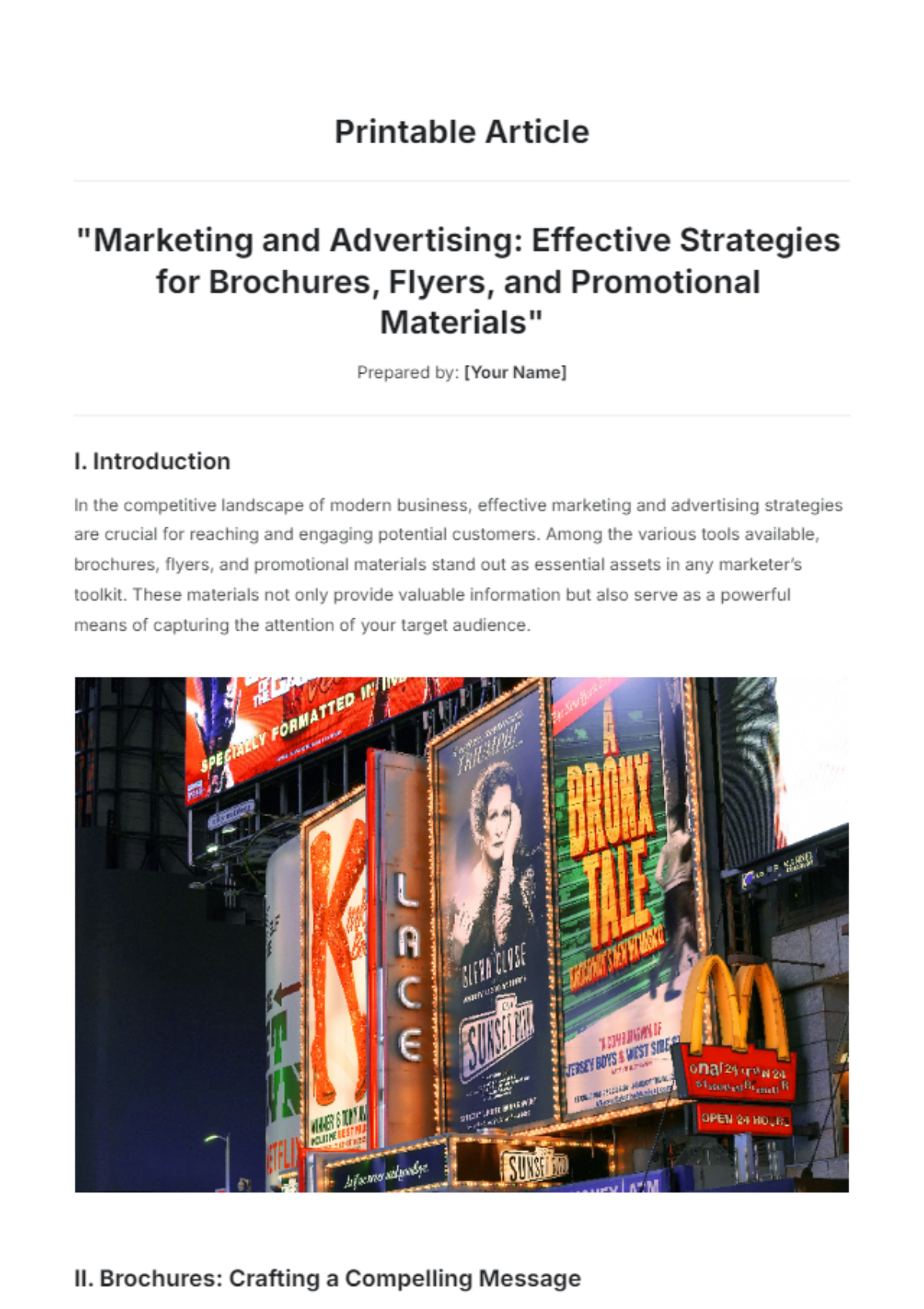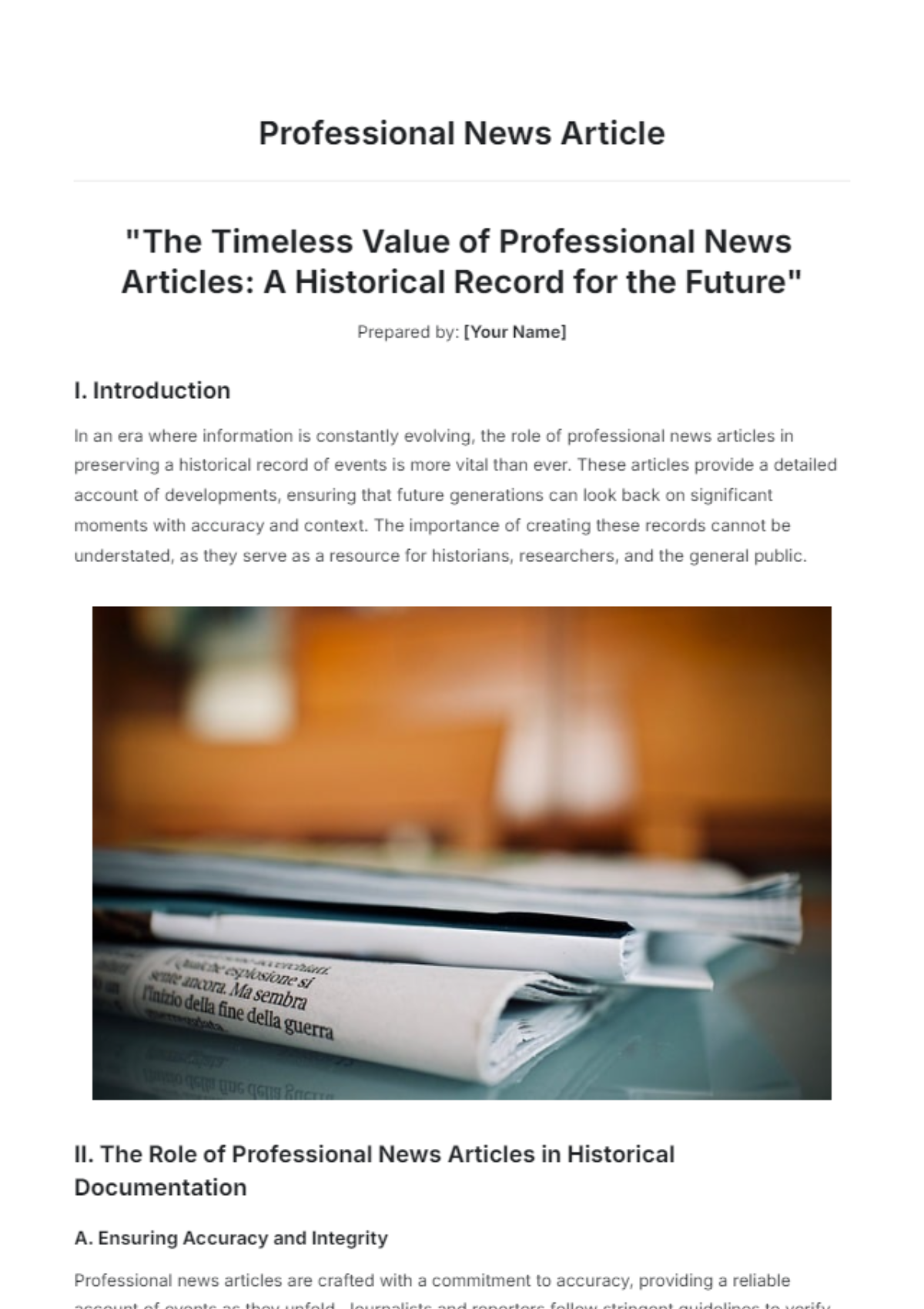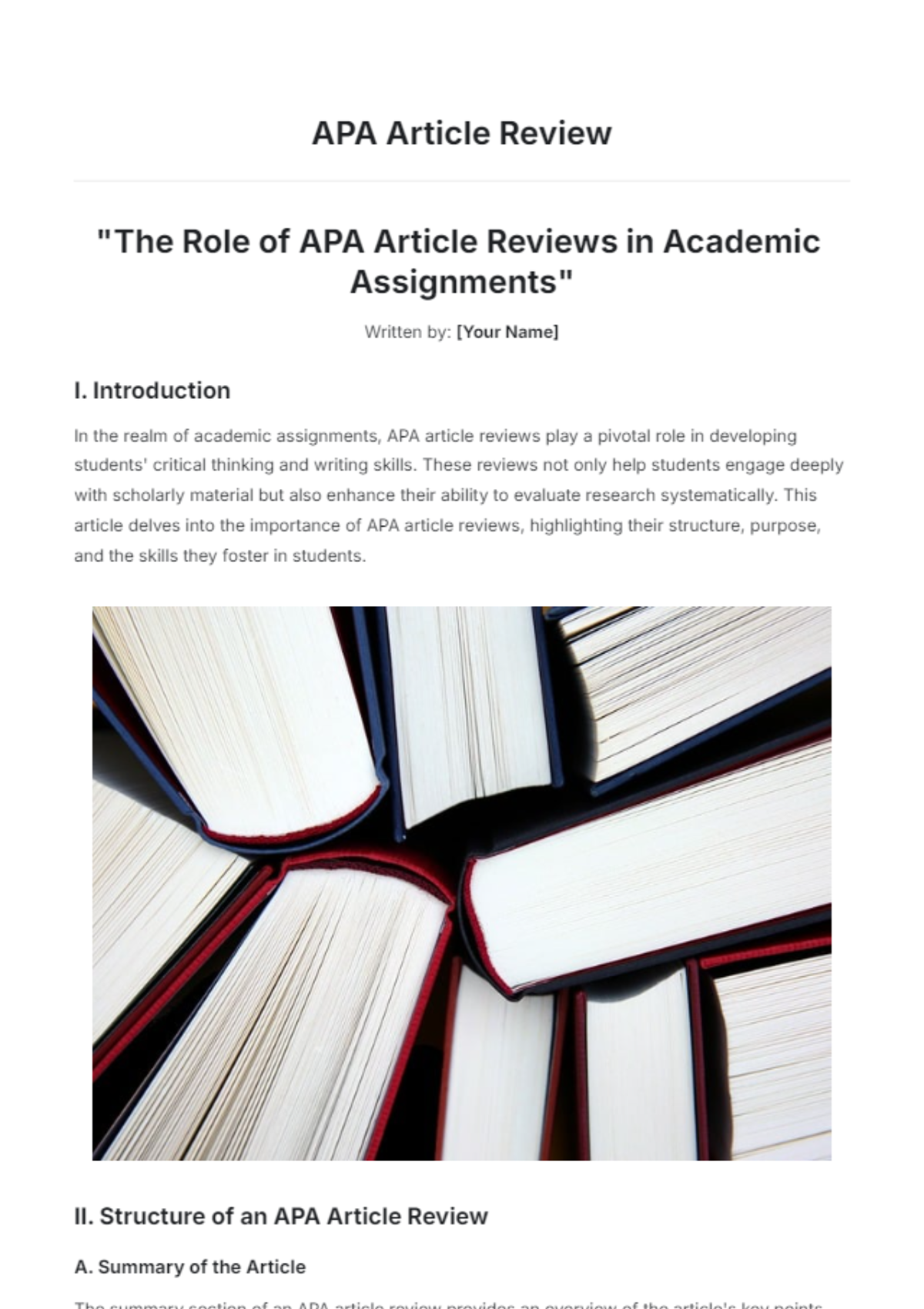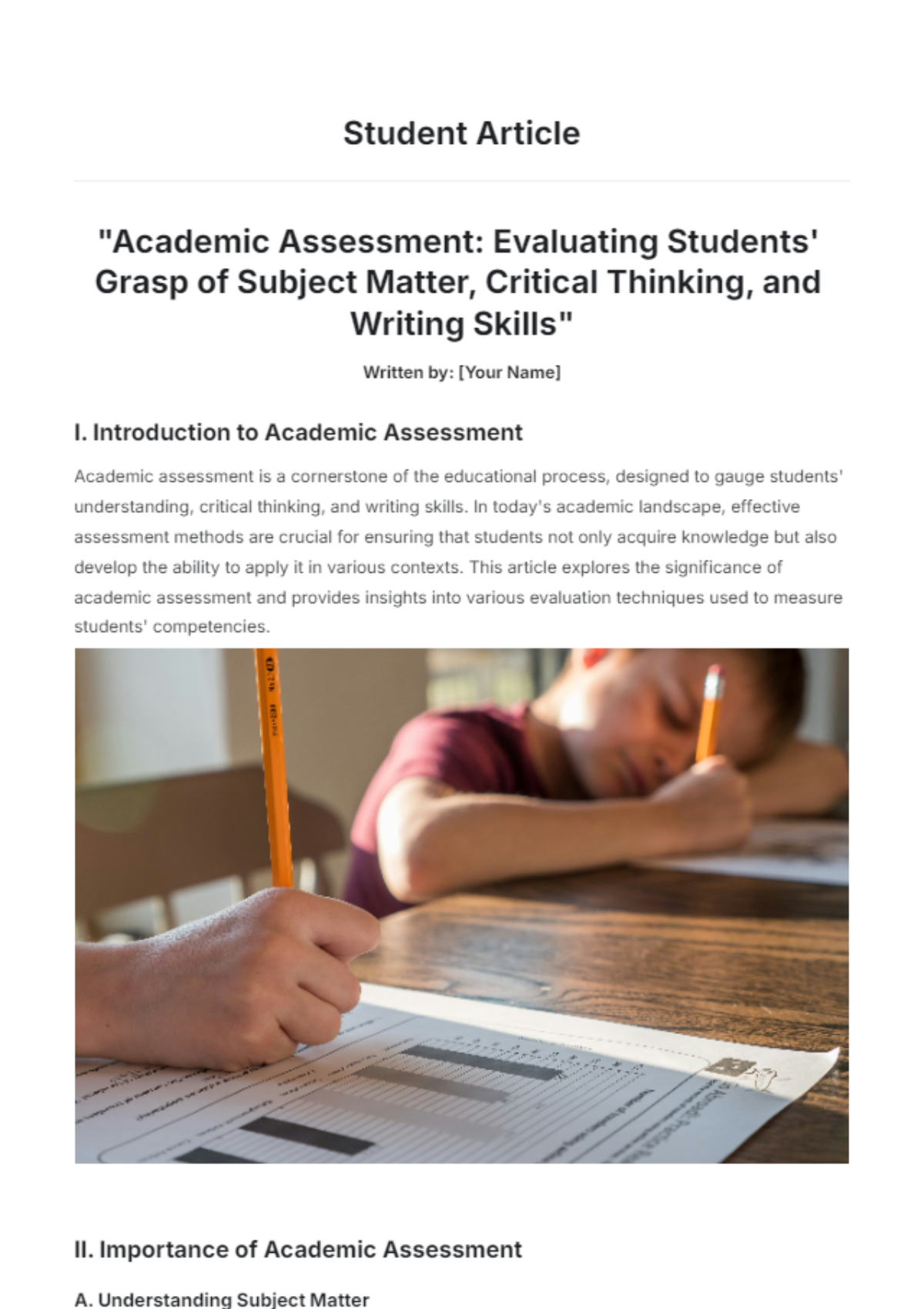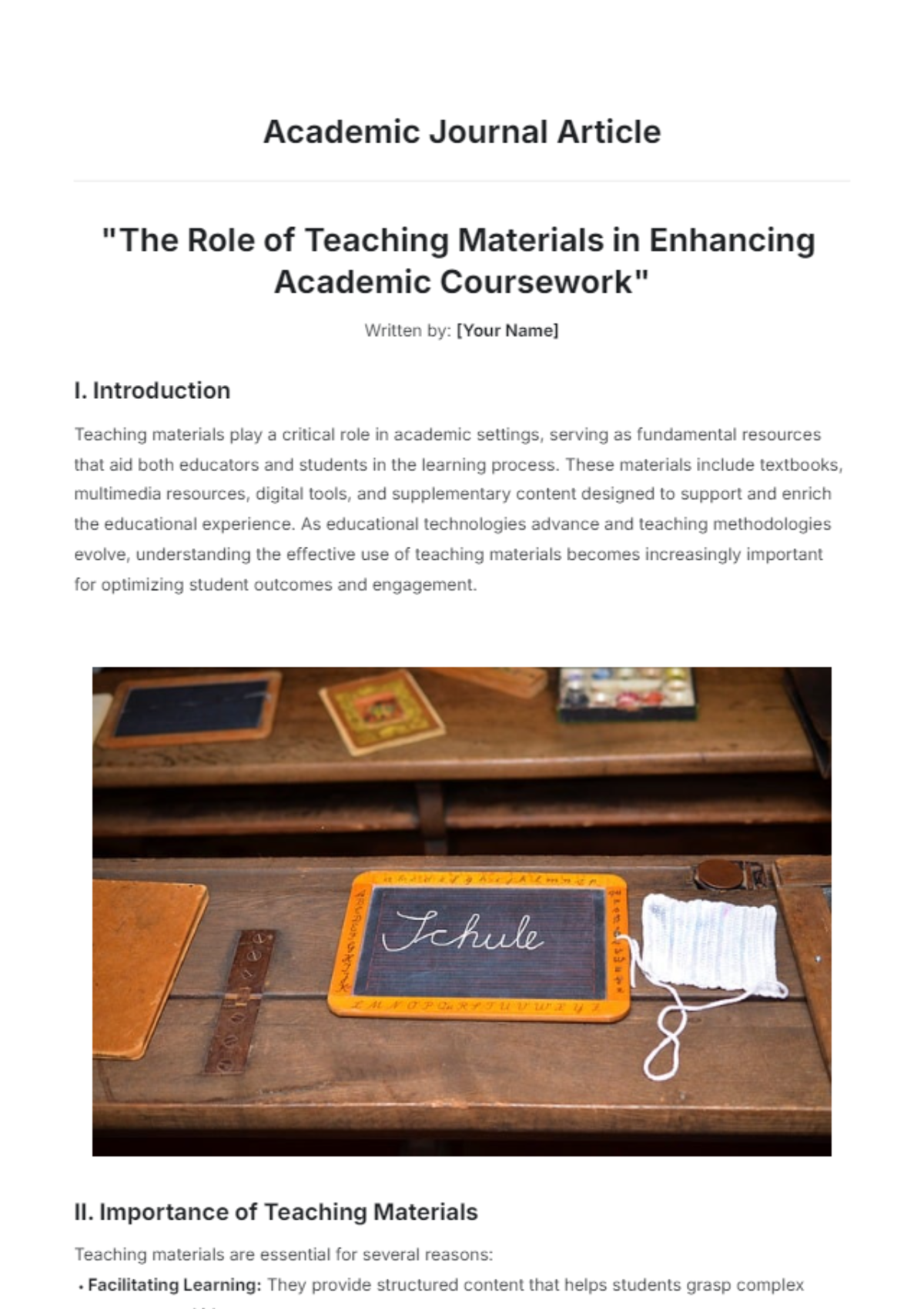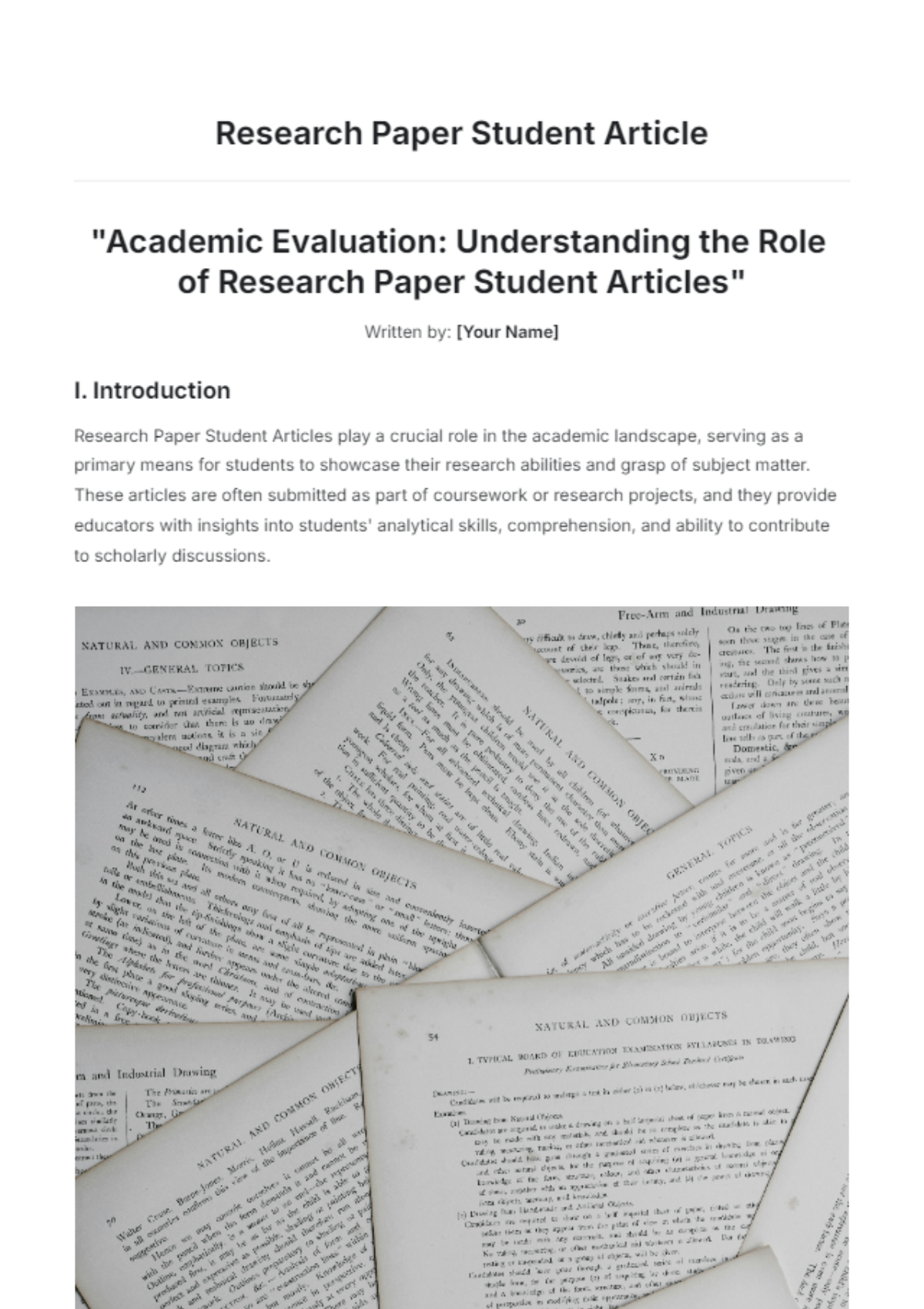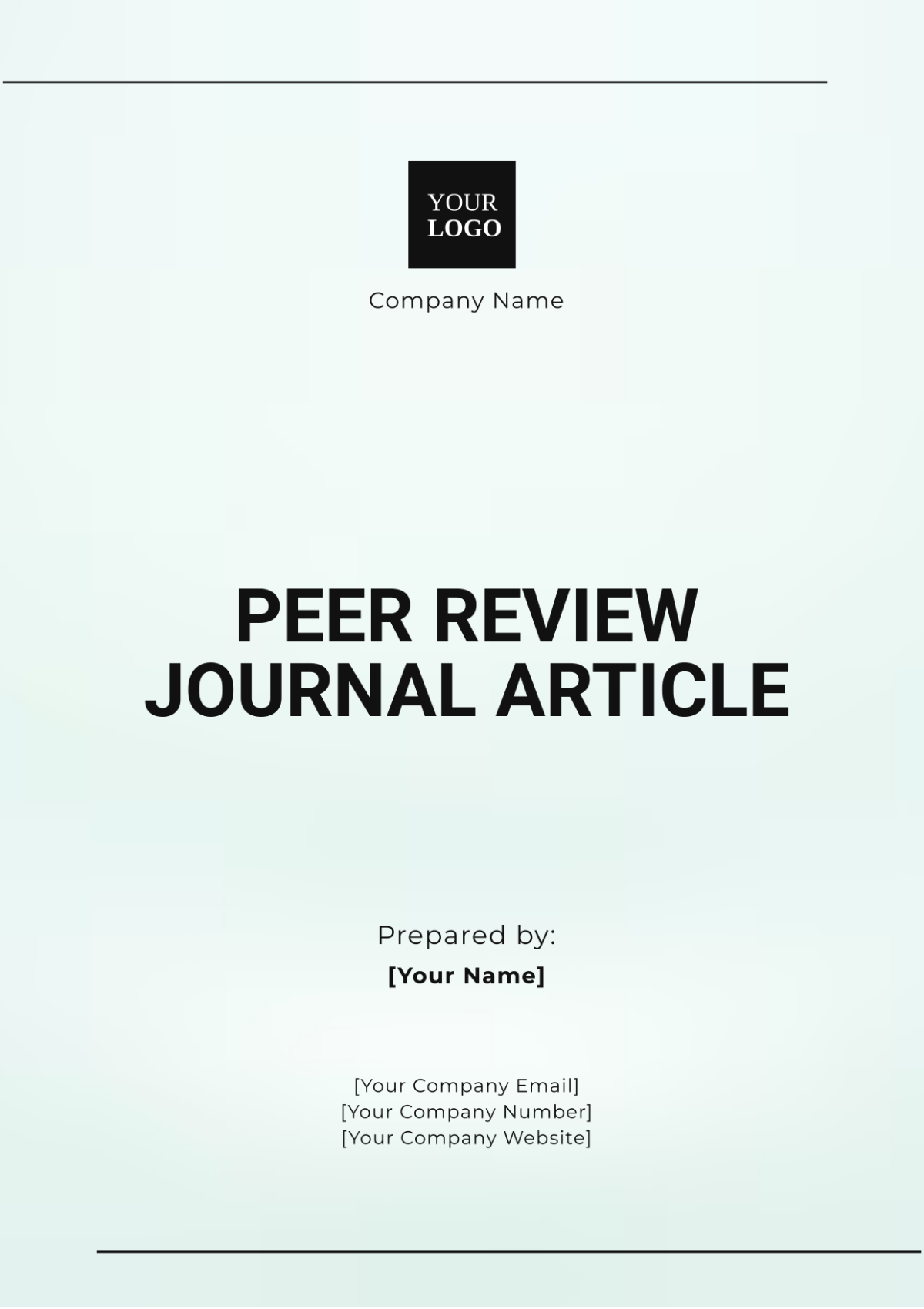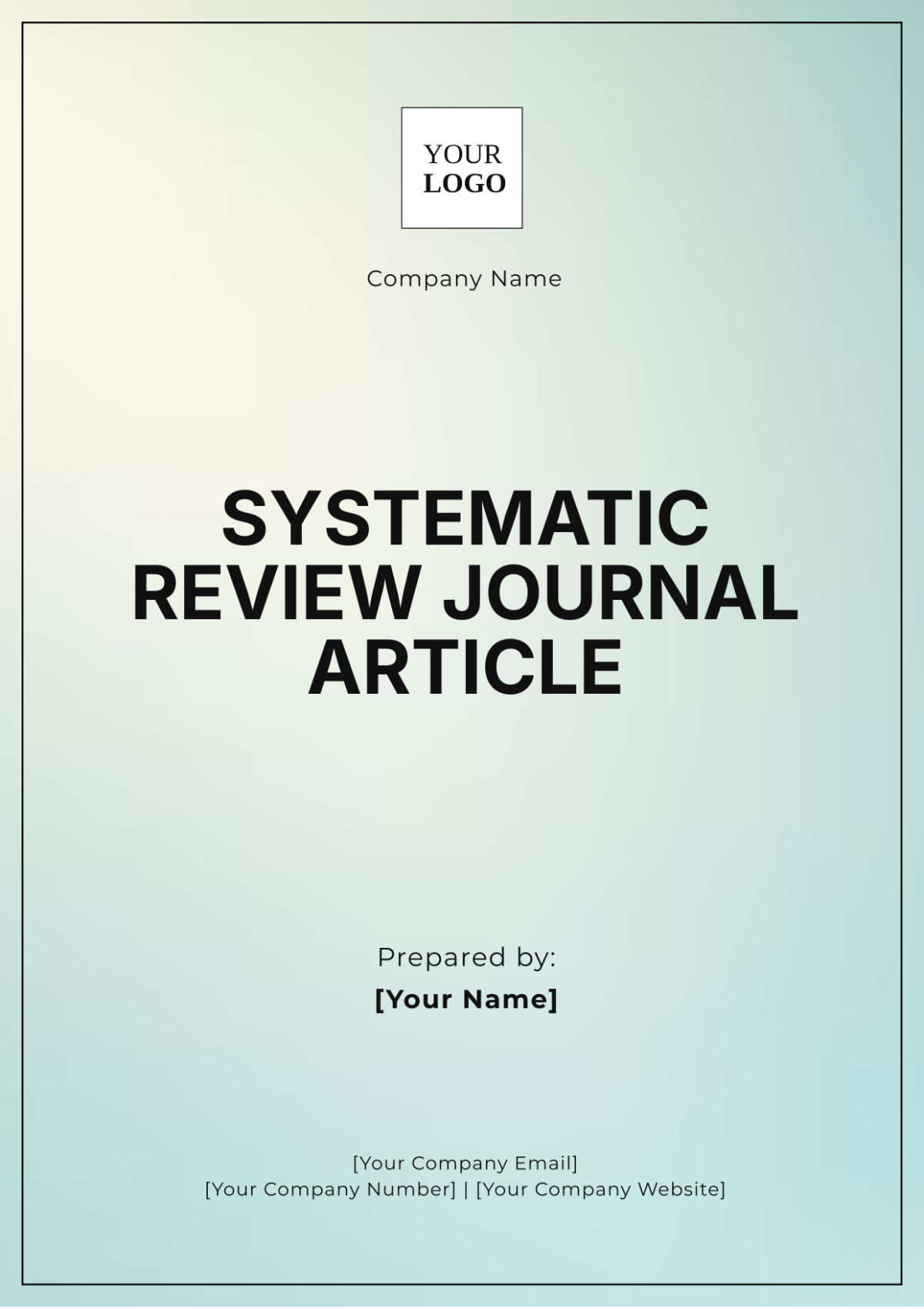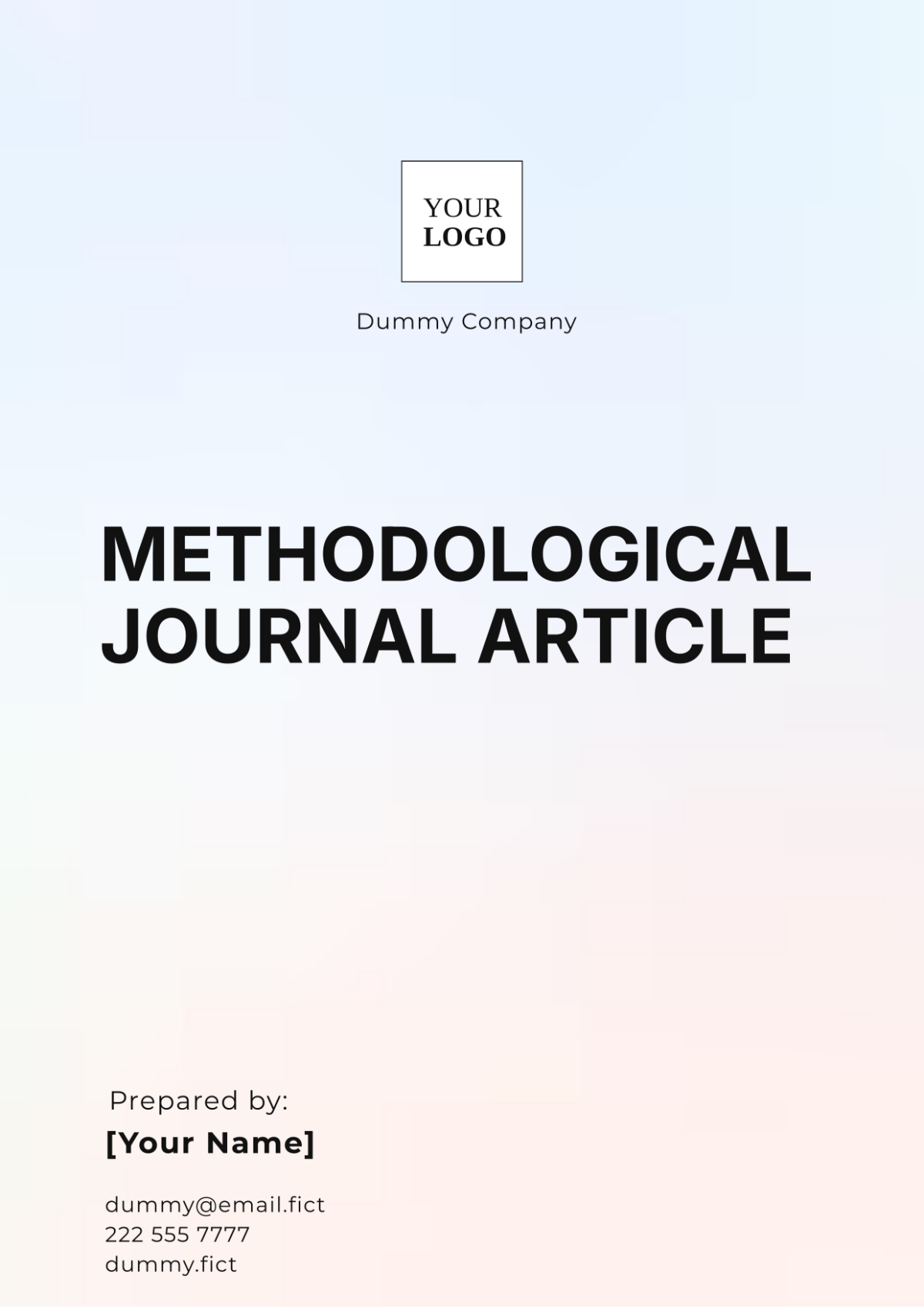Replication Study Journal Article
Written By: [Your Name]
Publication Date: [Date]
Abstract
This replication study aims to verify and extend the findings of "The Impact of Social Media on Consumer Behavior" conducted by Smith and Johnson (2050). The original study investigated how social media marketing strategies influence consumer purchasing decisions using a survey-based methodology. Our replication study adheres closely to the original methods to confirm the validity of the results. Additionally, we explore the applicability of these findings in a different demographic context, focusing on millennials instead of Gen Z. This article presents a detailed analysis of both the replication results and the new insights obtained from the extended research.
Introduction
Background
Smith and Johnson's (2050) study on the impact of social media marketing strategies provided significant insights into consumer behavior. The research utilized a cross-sectional survey of 500 participants to evaluate how targeted advertisements on social media platforms influence purchasing decisions. The study concluded that personalized ads significantly increase the likelihood of consumers making a purchase. These findings have been influential in shaping marketing strategies and consumer behavior theories.
Objectives
This replication study aims to achieve the following objectives:
To replicate Smith and Johnson’s survey-based methodology to confirm the reliability and accuracy of their findings.
To test the robustness of the theoretical framework proposed by the original authors, specifically the relationship between social media marketing and consumer behavior.
To extend the research by applying the same methodology to a different demographic group, millennials, to determine if the results are consistent across age groups.
Methods
To replicate and extend the original study, we adopted a similar cross-sectional survey design and analysis methods while incorporating adjustments to reflect current trends and a different demographic. The table below summarizes the key elements of both the original and replication studies.
Overview of Study Design
Aspect | Original Study (Smith & Johnson, 2050) | Replication Study |
|---|---|---|
Study Design | Cross-sectional survey | Cross-sectional survey |
Participants | 500 participants aged 18-24 | 500 participants aged 25-40 |
Recruitment | Not specified | Recruited through online platforms and social media channels |
Survey Instrument | Questions on social media usage, exposure to targeted ads, and purchasing behavior | A similar survey instrument with modifications to reflect current trends |
Analysis Technique | Regression analysis | Multiple regression analysis |
Focus of Study | Impact of personalized ads on purchasing decisions | Impact of personalized ads on purchasing decisions with a new age group |
Additional Measures | Not specified | Attitudes towards social media ads, trust in online advertisements |
Original Study Overview
Smith and Johnson’s (2050) study employed a cross-sectional survey involving 500 participants aged 18-24. The survey included questions related to social media usage, exposure to targeted advertisements, and purchasing behavior. Regression analysis was used to determine the effect of personalized ads on purchase decisions.
Replication Approach
For the replication study, we conducted a similar cross-sectional survey with 500 millennials aged 25-40, recruited through online platforms and social media channels. The survey instrument was adapted from the original study to account for current social media trends and included questions on social media usage, ad personalization, and purchasing behavior. We used multiple regression analysis to evaluate the impact of personalized ads on purchasing decisions, mirroring the original study’s methodology.
Adjustments and Extensions
In addition to replicating the original methods, we made several adjustments to our study:
Contextual Variation: We applied the original methodology to a different age group, millennials, to explore the effects of social media marketing strategies on this demographic.
Additional Measures: We incorporated additional questions regarding participants' attitudes toward social media ads and their trust in online advertisements. These measures aimed to provide deeper insights into the factors influencing purchasing decisions and to extend the original research findings.
Results
Verification of Original Findings
Our replication study confirmed that personalized social media ads significantly influence purchasing decisions among millennials. The regression analysis revealed a similar positive relationship between ad personalization and purchase likelihood, consistent with Smith and Johnson's (2050) findings. The statistical significance of the results was confirmed with a p-value < 0.01, indicating that the original results are reliable.
Extension to New Context
Applying the original methodology to millennials, we observed that personalized ads have a similar effect on this demographic as reported in the original study. Additionally, millennials showed a higher level of engagement with ads that aligned with their interests and values. This suggests that the impact of personalized ads is robust across different age groups but may vary in intensity based on demographic factors.
Statistical Analysis
Below is a summary of the statistical analysis results:
Statistic | Value | Interpretation |
|---|---|---|
R-squared | 0.65 | 65% of the variance in purchasing behavior is explained by ad personalization. |
Beta Coefficient | 0.45 | Indicates a significant positive impact of personalized ads on purchasing decisions. |
P-value | < 0.01 | Statistical significance confirming the reliability of the results. |
Confidence Intervals | 0.30 - 0.60 | 95% confidence intervals for the beta coefficient, confirming the reliability of the effect size. |
This table summarizes the key outcomes of the multiple regression analysis conducted in our replication study, providing a clear view of the statistical significance and impact of personalized social media ads on purchasing behavior.
Discussion
Comparison with Original Study
Our replication study largely supports the findings of Smith and Johnson (2050), validating their results with a new demographic group. The consistency of the findings across different age groups enhances the credibility of the original study’s conclusions. However, minor variations in the intensity of the effect suggest that demographic factors may influence the effectiveness of personalized ads.
Theoretical Framework
The theoretical framework proposed by Smith and Johnson, which posits that personalized ads enhance consumer engagement and purchase likelihood, was supported by our findings. Our study extends this framework by demonstrating its applicability to a broader age group, providing further evidence of the robustness of the theory.
Implications
The replication and extension of Smith and Johnson’s research contribute to a deeper understanding of social media marketing’s impact across different demographics. Marketers should consider tailoring their strategies not only to the preferences of their target audience but also to the age group’s specific characteristics. Future research should explore additional demographic variables and longitudinal effects to further validate and refine the theoretical framework.
Conclusion
This replication study successfully confirmed the key findings of Smith and Johnson’s (2050) research and extended the study by applying the methodology to millennials. The results validate the effectiveness of personalized social media ads in influencing purchasing decisions across different age groups. Continued replication studies are essential for ensuring the reliability and applicability of research findings in diverse contexts.
References
Smith, J., & Johnson, A. (2050). The Impact of Social Media on Consumer Behavior. Journal of Marketing Research, 57(3), 456-478.





